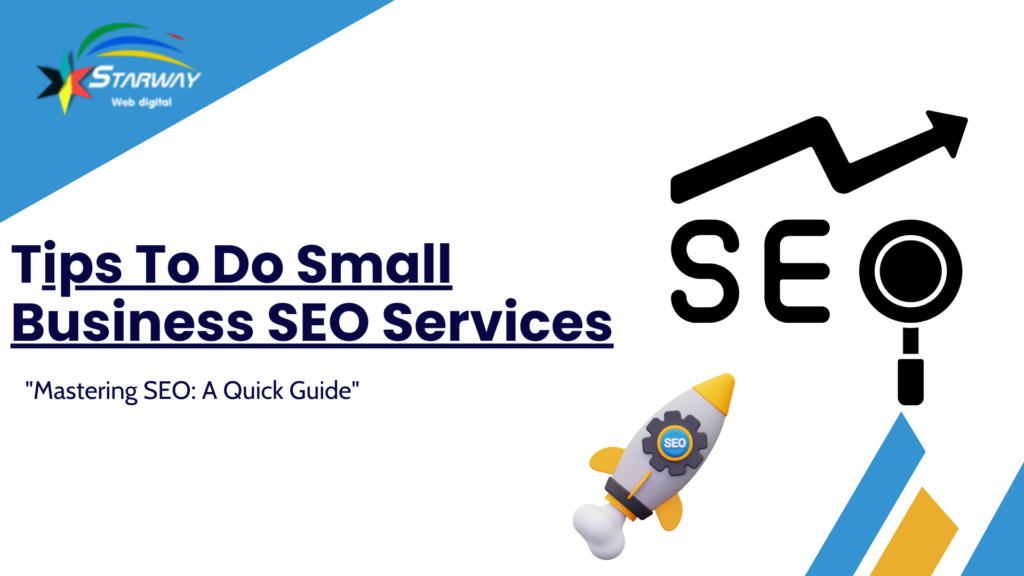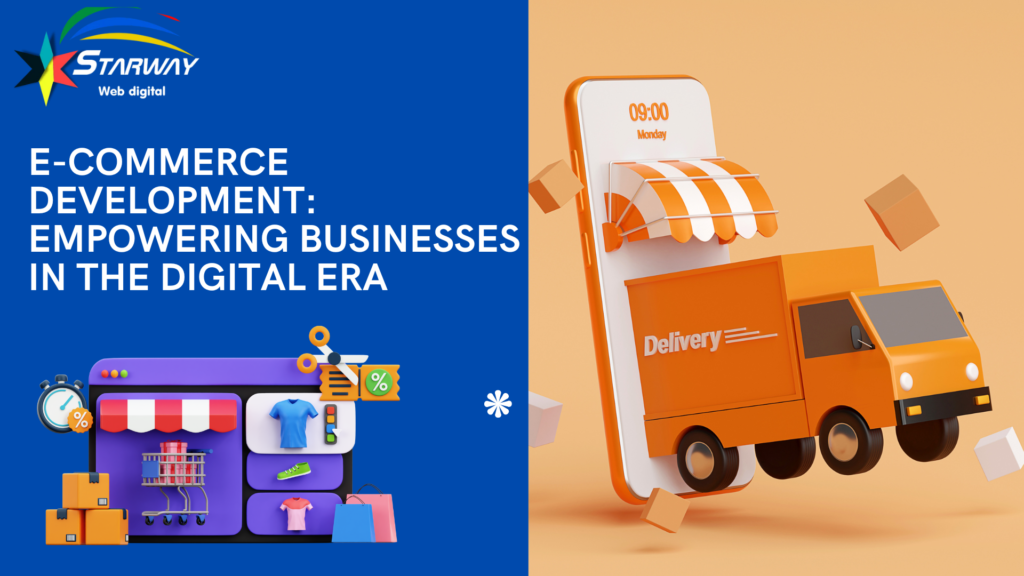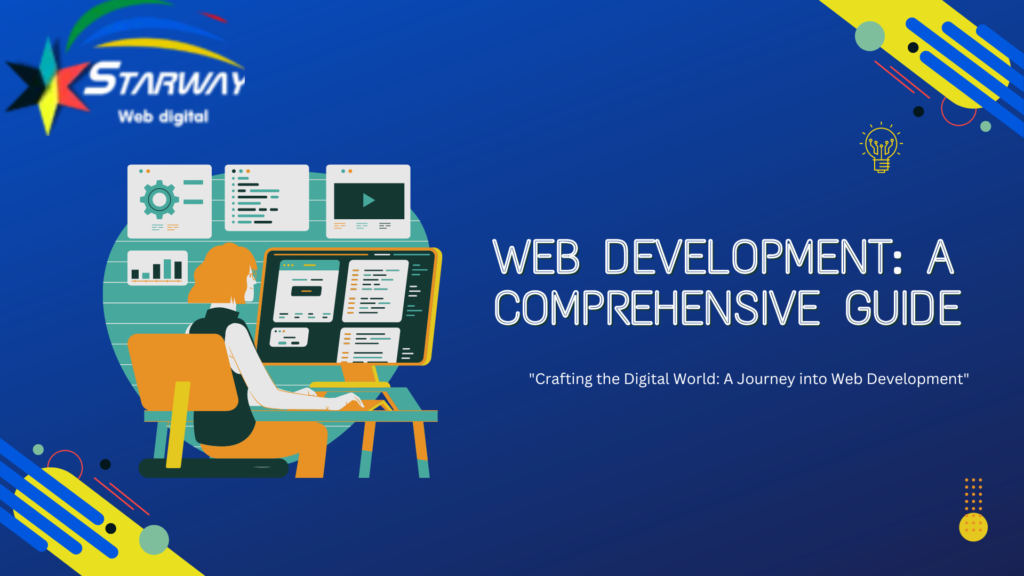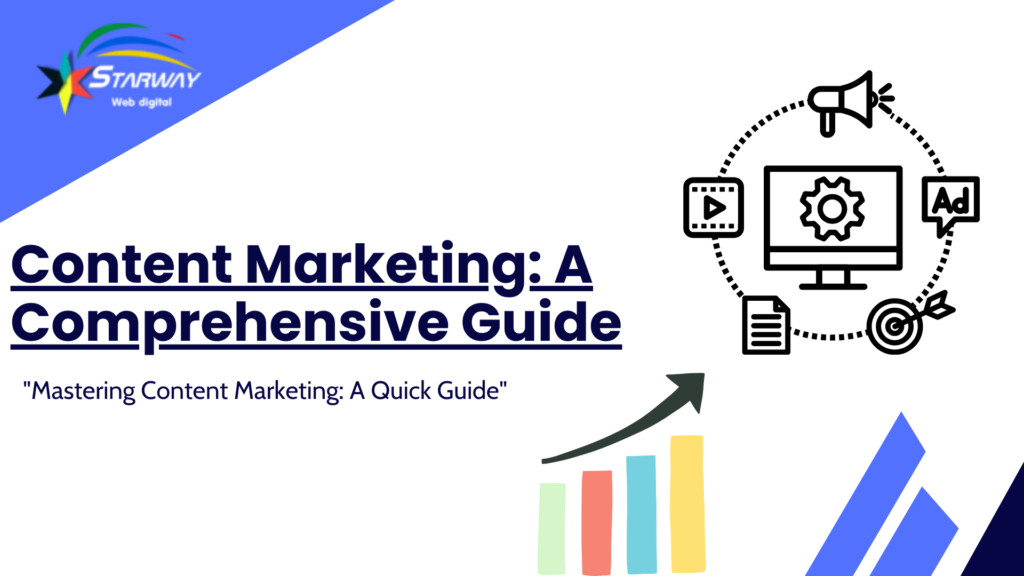Tips to Do Small Business SEO Services
Introduction to Small Business SEO Services In today’s digital landscape, having a strong online presence is essential for the success of any business, especially small enterprises. Search Engine Optimization (SEO) plays a crucial role in enhancing visibility, driving organic traffic, and ultimately increasing revenue. However, navigating the complex world of SEO can be daunting for …








